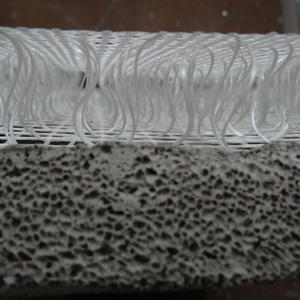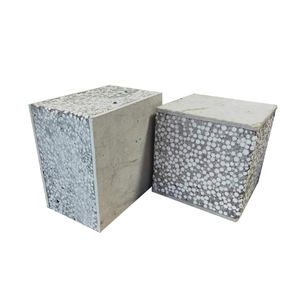Admixture Anatomy: Unraveling the Ingredients of Concrete Parameter
(Admixture Anatomy: Unraveling the Ingredients of Concrete)
Concrete, the pillar of modern construction, is a composite material made from a mixture of water, cement, aggregates, and admixtures. The admixtures, often overlooked, play a pivotal role in enhancing the properties of concrete, making it versatile for various applications. This article aims to delve into the anatomy of these admixtures, understanding their components and how they contribute to the overall performance of concrete.
Firstly, among the most common admixtures are superplasticizers. These substances increase the workability of concrete without significantly altering its composition. By reducing the water content required for the same level of consistency, superplasticizers not only improve the flowability of concrete but also enhance its strength and durability, making it ideal for high-rise buildings and complex structures.
Another crucial category of admixtures includes air-entraining agents. These additives introduce tiny air bubbles into the concrete mix during the initial stages of mixing. The presence of these air pockets serves as a buffer against freezing and thawing cycles, thereby preventing the formation of ice crystals that can lead to concrete damage. This feature makes air-entraining admixtures particularly useful in cold climates where freeze-thaw resistance is essential.
In addition, corrosion inhibitors are employed to protect steel reinforcement within concrete structures from rusting. Corrosion of steel can significantly reduce the structural integrity of concrete, leading to potential safety hazards. Admixtures containing corrosion inhibitors bind with the steel surface, creating a protective barrier that shields the reinforcement from aggressive chemicals and moisture, ensuring the longevity of the structure.
Moreover, admixtures such as accelerators and retarders modify the setting time of concrete. Accelerators speed up the curing process, allowing for faster construction timelines, while retarders slow down the reaction, giving workers more time to work with the concrete. This flexibility is invaluable in managing construction schedules and dealing with unexpected delays or changes in project timelines.
Finally, admixtures like colorants and fire-resistant additives cater to specific aesthetic and functional requirements. Colorants allow for customization of concrete’s appearance, enhancing architectural designs. Fire-resistant admixtures, on the other hand, impart fire-retardant properties to concrete, providing an extra layer of safety in buildings subjected to fire risks.
(Admixture Anatomy: Unraveling the Ingredients of Concrete)
In conclusion, admixtures are indispensable components in the world of concrete engineering. They offer a wide array of benefits, from improving workability and strength to enhancing durability and functionality. By carefully selecting and utilizing the right admixtures, engineers and constructors can tailor concrete to meet the unique demands of various applications, ensuring safer, stronger, and more sustainable built environments.
Inquiry us
if you want to want to know more, please feel free to contact us. (nanotrun@yahoo.com)

